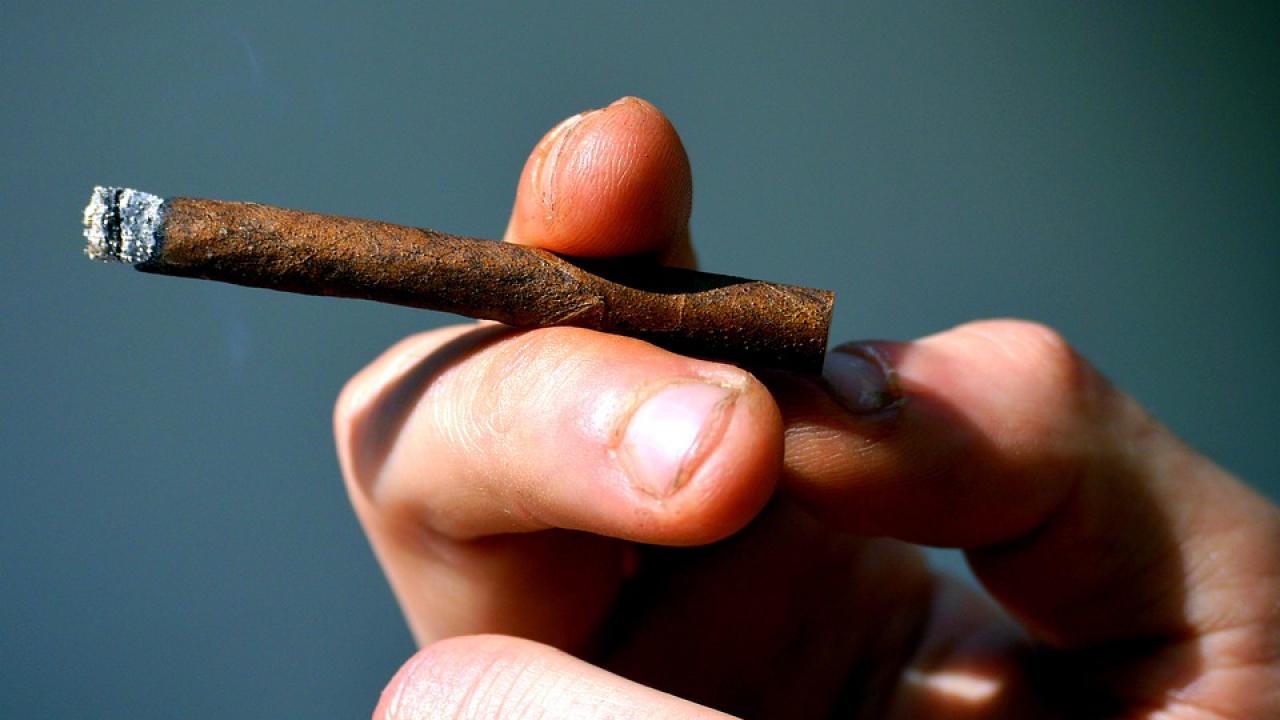
Modeling small cigar smoke in the lungs
Everyone knows cigarettes are bad for you. Much research has been done and because of that, legislators have put a lot of sales restrictions and taxes on them. This is why companies are developing new products that deliver nicotine such as vapes, small cigars and cigarillos that have sugary flavors to addict a new generation of users.
These newer products have really caught on, especially with young people, who are adopting them faster than they can be researched or regulated.
Mechanical and Aerospace Engineering Distinguished Professor Tony Wexler looks to change this. He and his team recently received a three-year grant from the UC Tobacco-Related Disease Research Program (TRDRP) to study the health effects of small cigars and cigarillos, nicotine products sold in small packs and marketed as cheap alternatives to cigarettes.
“There’s a whole bunch of new products out there and the FDA is scrambling trying to figure out how to regulate this stuff,” he said.
Wexler, the director of the UC Davis Air Quality Research Center, has spent his career studying particles in the atmosphere and how these particles affect health. In this study, he’ll look at how and where particles from these products settle in the lungs to determine the possible health effects. One thing they’re going to look for is “hotspots” where the particles build up.
“We’re especially interested in hotspots, because presumably it’s those places in the lung where you get a lot of particle deposition and where you are therefore more likely to get cancer or have some other respiratory problem from smoking,” he explained.
To study this, Wexler will work with researchers who will mathematically model smoke as it travels through the lungs using data from rats. The models will be used to translate the data to humans.
Understanding where these particulates settle in the lungs is key to understanding their short-term and long-term effects on humans.
“One of the goals of this project is to figure out if there are hotspots and if there are, where are they? And do these hotspots correspond to regions where other people observe cancer or emphysema or other kinds of respiratory illness?” he said. “Actually mapping the deposition has never been done before.”
If the project is successful, Wexler plans to adapt this research for vapes, heat-not-burn cigarettes and other nicotine products.
Along with directing the Center for Air Quality Research, Wexler has appointments in the Departments of Mechanical and Aerospace Engineering, Civil and Environmental Engineering and the Land, Air and Water Resources.
Read more about Wexler and his research.
